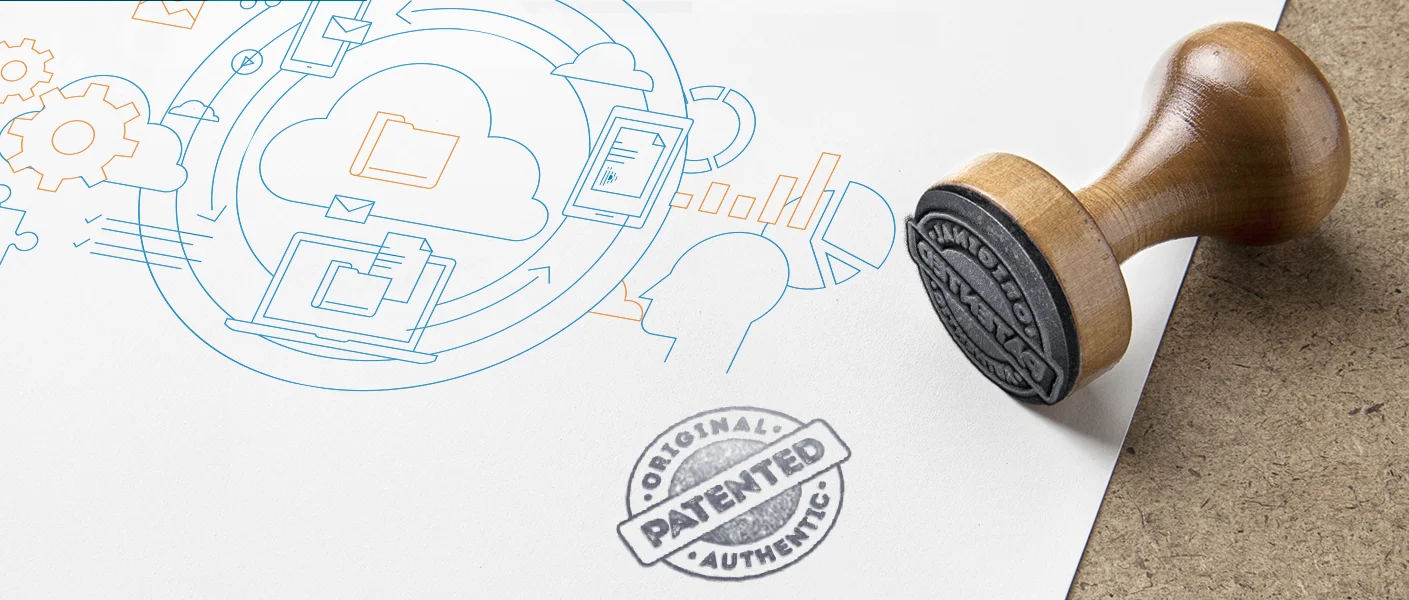Trademark registration process for foreign companies in India
January 29, 2022 By Shyam ParmarIn the era of the internet, the world has become a global village. This comes in the form of a blessing for most companies. Because now, they can reach out to potential customers from different pockets of the globe, and sell their products or services internationally, all from the comfort of their local office.
But this tremendous advantage comes with its own set of problems. Like the challenges of protecting your intellectual property, for instance. Today, it is more difficult to safeguard and secure your brand’s assets than, say, it was years back.
Just like customers all over the world can now reach companies easily, intellectual property infringers from anywhere in the world can also access a company’s IP easily. It takes minutes to steal brand assets over the internet, which puts companies in a vulnerable position, especially if they have not registered their IP.
So, how do we protect our IP?
Well, the first step would be to get trademark protection. This is a straightforward way of strengthening your defenses.
Registering a trademark will give you the exclusive right to use the trademark symbol in association with your products on services. It discourages potential infringers from illegally using your brand assets and in case of infringement, it gives you the right to sue the infringer.
A trademark also serves as a great source of identification. It sets you apart from your competitors and gains incredible customer credibility.
But, what about international trademark protection?
You can take your IPR strategy a step forward by getting international trademark protection. And unlike what popular myths claim, an experienced trademark lawyer would tell you that it is quite possible to gain trademark protection across borders.
Through the Madrid Protocol Agreement, entities can register their trademark in multiple countries.
In a nutshell, the Madrid Protocol Agreement is an international system that allows entities to obtain trademark protection in multiple countries by filing a single application. It is, however, important to note that this trademark protection can only be obtained in countries which are contracting parties of the treaty. Direct applications will have to be filed in other countries.
To know more about the Madrid System, read our recent blog post - Here's how you can gain trademark protection in more than 100 countries
If you or your company belong to a country that is deemed a convention country by India, you can apply for trademark registration in India. If you apply within 6 months of making an application in your home country, you can be awarded similar protection as an Indian company would, through the Madrid Protocol.
Who is eligible to apply for this trademark registration?
There are a few basic requirements that you must fulfill in order to be eligible for obtaining the international trademark:
- To file an ordinary trademark application in India directly without claiming priority date of registration filed in your home country, you should be either a person, trader, merchant or a service provider who claims to be the proprietor of the trademark used or proposed to be used or wishes to use the same for his goods or services.
- To file an international trademark application in India by the Paris Convention treaty to claim the priority date of the trademark application filed in your home country, you should file the trademark application in India within 6 months from the date of priority application.
- To file the international trademark application in India by Madrid protocol, you should be a national, a domicile or have a business in a contracting party included in the Madrid protocol and should have a trademark registration or at least a trademark application in your home country. This will be considered as the basic mark for your international application.
What is the process for filing the international trademark application?
There are four basic steps in this process. And in order to cover all your bases, it is advisable that you consult a trademark lawyer at every step.
- Basic Mark:
To begin with, you must have a registered trademark or a trademark application in your home country. Your international trademark will be based on this basic mark, so make sure to fill in all the details correctly. So, for instance, if you belong to a clothing brand from Brazil, you must have a registered trademark or at least a trademark application in Brazil, before you can apply for the same in India. - Certifying the Mark:
You will have to file the international trademark application through your office of origin, in your home country. It will be forwarded to WIPO once they certify the application. - Examination by WIPO:
Next, the WIPO will formally examine your application. And if it is approved, the mark will be recorded in the international register as well as published in the WIPO Gazette. - Substantive Examination:
The trademark office of India will then conduct a further substantive examination, which is undertaken under the purview of the domestic law.
Usually, you should know within a time period of about 12 to 18 months as to whether your international trademark protection is accepted or rejected.
If your application is accepted, your international trademark is registered under the Madrid Protocol for 10 years.
At the same time, if you are simultaneously applying for international trademark protection in India as well as other countries, you should keep an important thing in mind.
If your application is accepted by one of the member countries, it does not mean that it cannot be rejected by other countries. Thus, it is always better to rely on the expertise of an international trademark attorney when it comes to such matters.
What are the benefits of applying through the Madrid Protocol?
- It streamlines the procedure of obtaining trademark protection in multiple countries.
- If you were to file a separate trademark protection application in each country, it would be comparatively much more expensive.
- Once you have gained international protection, renewal, change of name, address or ownership and any other subsequent change becomes cost efficient as well as less time consuming.
What’s next?
If you are considering getting an international trademark, get in touch with an IPR expert today.
As a highly preferred trademark law firm in India, we are equipped to assist domestic as well as foreign companies with all the steps of gaining trademark protection in India as well as globally. Our experienced attorneys guide you through every step of the application, so that the whole process becomes seamless.
Our goal is to not only help you gain trademarks in a variety of countries, but also let you create a strong legal base for your international business by helping you navigate intellectual property rights from the very beginning.
Our IPR services include registration of trademarks and service marks in India and globally, conducting appropriate searches to determine priority and availability of marks, and negotiation and drafting of licenses, assignments, and other related agreements. If infringement or trademark conflicting disputes arise in India, our skilled trial attorneys represent clients in resolutions and through several phases of litigation.





